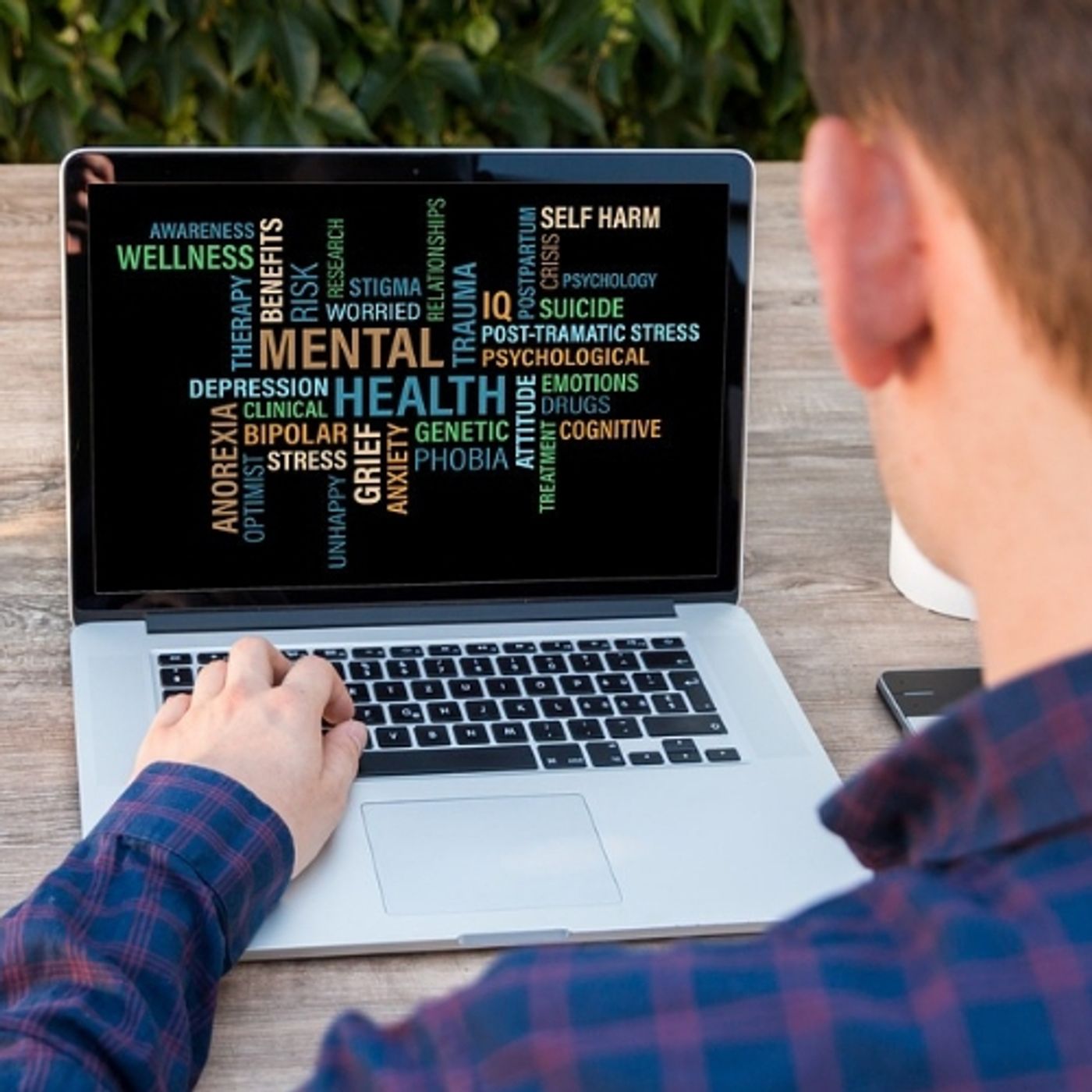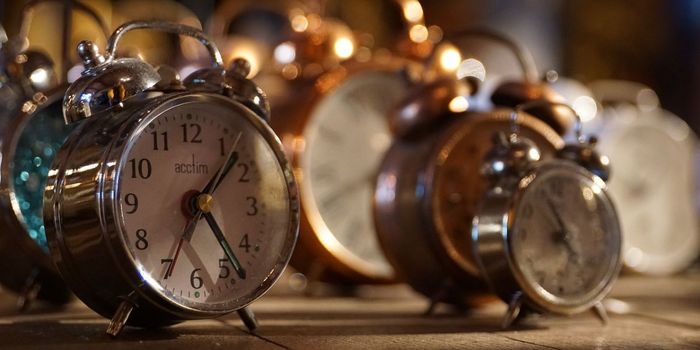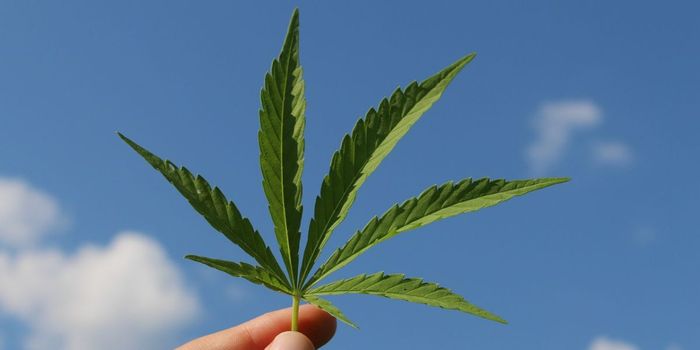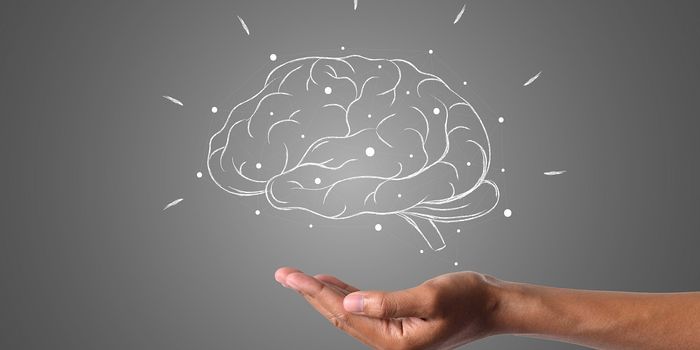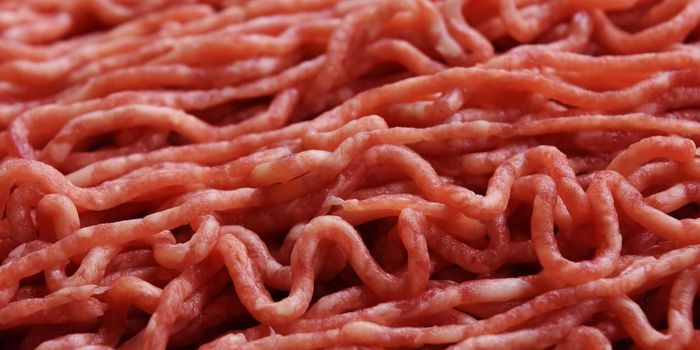What Learning is Like in the Teen Brain
It's that time of year again. Much like the Christmas song, some parents might think it's "The Most Wonderful Time of the Year" and office products company Staples even used that tune in their school supply ads. The kids are, thankfully, finally, going back to school.
Younger children usually enjoy school more than teenagers, however. In lower grades, there are recess breaks, kickball, and other fun parts of the school day, but for teens, it's more serious. For those who are planning to attend college, it's all about Advanced Placement classes, SAT tutoring, and class rank. It can be a very stressful time, but research shows that the teenage brain is ideally suited to learning.
Multiple studies are underway that look at how teens learn. The National Institutes of Health are conducting one of the largest, and it's called the Adolescent Brain Cognitive Development (ABCD) study. In February of 2018, the study had amassed more than 30 terabytes of data from more than 4,500 participants. In total, 7,500 teens and their families are a part of the research, and the first batch of data is available for researchers. How much info is in 30 terabytes? According to the NIH, that's about three times the amount of information that is contained in the Library of Congress collection.
While the ABCD study focuses on adolescents, the first dataset covers pre-teens between the ages of 9 and ten years old. It's important for research to look at children before they hit the teen years, so they have a baseline of information to start with, while they follow the cohort into the teen years. Nora D. Volkow, M.D., is the director of the National Institute on Drug Abuse (NIDA) and explained in a press release, "By sharing this interim baseline dataset with researchers now, the ABCD study is enabling scientists to begin analyzing and publishing novel research on the developing adolescent brain," said Nora D. Volkow, M.D., director of the National Institute on Drug Abuse (NIDA). "As expected, drug use is minimal among this young cohort, which is critical because it will allow us to compare brain images before and after substance use begins within individuals who start using, providing needed insight into how experimentation with drugs, alcohol, and nicotine affect developing brains." The dataset is available here (https://data-archive.nimh.nih.gov/abcd) to researchers who set up a free NIMH Data Archive account.
Another research study is being conducted at Columbia University's Mortimer B. Zuckerman Mind Brain Behavior Institute by neuroscientist Dr. Daphna Shohamy, Ph.D. In her work, she examines learning and memory and how that looks in the teen brain. The adolescent brain is vastly different from the adult brain, especially in reward-seeking behavior. The way the teen mind works is unique, but it's well suited to how this age group navigates their environment. With so much at stake for young people, it's crucial for parents, educators and health professionals to understand how teenagers perceive their world, how they think and how the brain matures throughout these years. Take a look at the video below about Dr. Shohamy's work and how the teen brain is "Wired to Learn."
Sources: Zuckerman Institute, NIH
